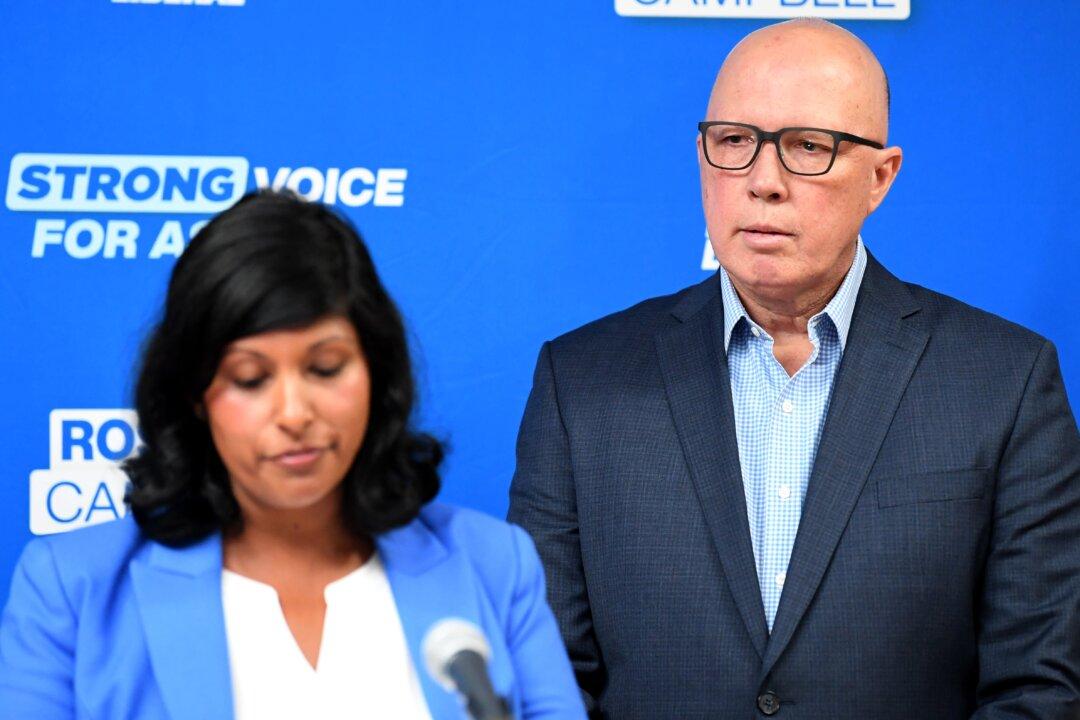Commentary
The loss of the federal seat of Aston by the centre-right Liberal Party is, unfortunately, simply the latest chapter in a saga of defeat and decline.

The loss of the federal seat of Aston by the centre-right Liberal Party is, unfortunately, simply the latest chapter in a saga of defeat and decline.